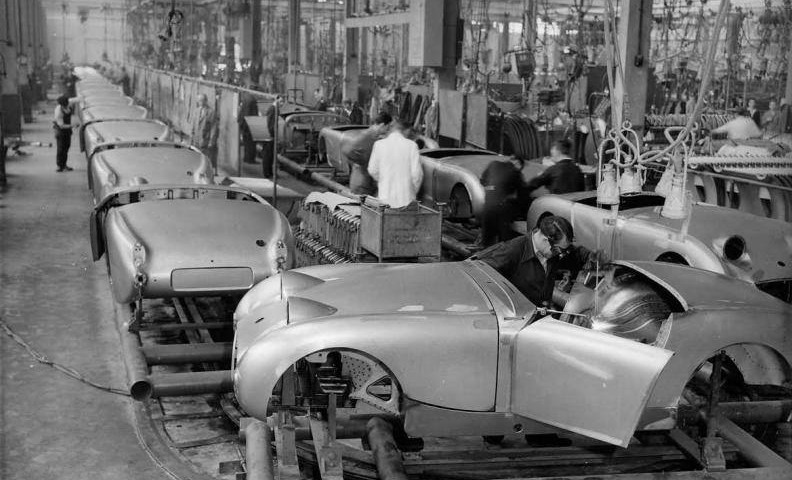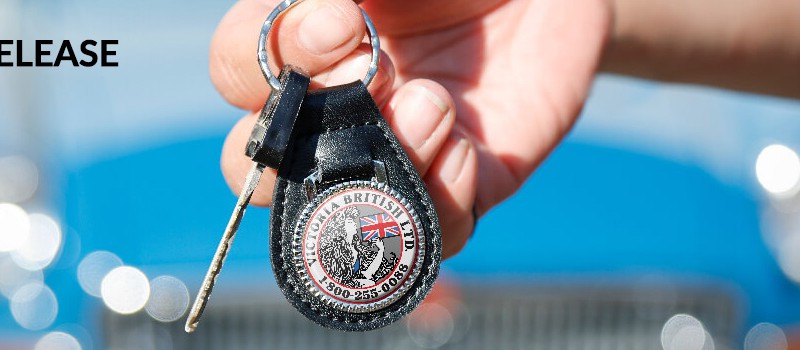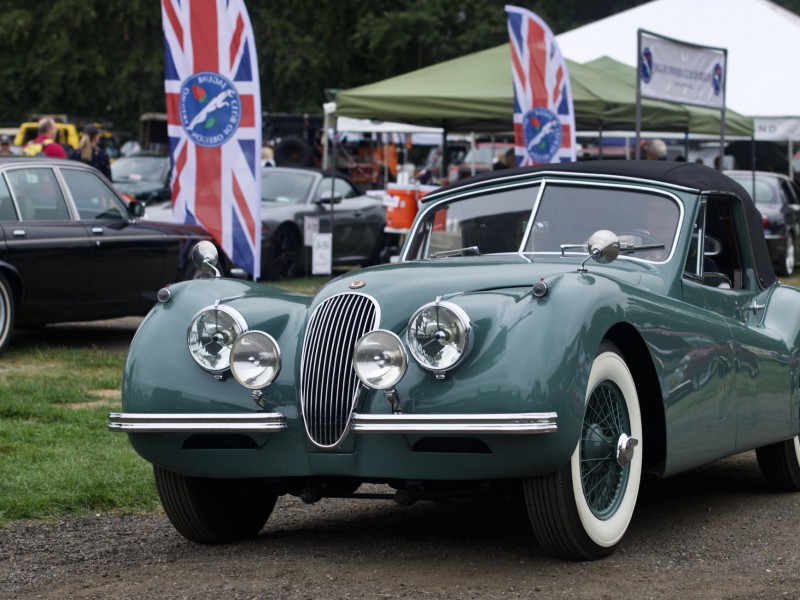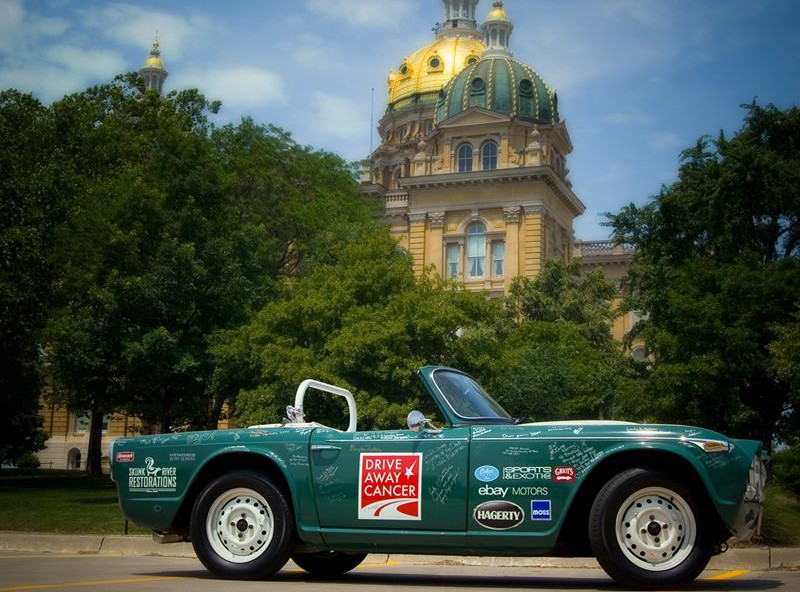By Graham Robson
Long ago, in the early 20th century, every British road car was built in the same way. First there was a chassis frame, then all the running gear was bolted to it, and finally a body shell was added. In almost every case the body was based on a hand-crafted wooden skeleton, to which steel, light alloy or (in some cases) fabric panelling was added. It was all very time consuming, and frankly not at all durable.
That was when the thrusting North American entrepreneur, Edward Budd, built up the Budd Corporation, by pioneering methods of producing large quantities of pressed steel panels, and of welding them together, to produce body shells in a cheaper and more efficient way. It was only later that Britain’s foremost motoring tycoon, William Morris (who owned the fledgling MG company at this time) visited the USA, saw the potential of Budd-style body production, and set up a deal with Budd.
It was thus, in 1926, that a new company called the Pressed Steel Company, Ltd. was set up in a new factory at Cowley, just yards away from the existing Morris Motors factory, set about producing shells for mass-production Morris (and later Wolseley) autos. This was a joint venture, and both Budd and William Morris invested a great deal of money in the new enterprise.
Even so, at first this was not a success, for when Pressed Steel went out looking for orders from Morris’s competitors, it found resistance because the competition did not want to get so close to a bitter rival. Only three years after the first bodies were built, the complex financial structure was untangled, Morris withdrew from the management, and by the early 1930s Pressed Steel was effectively independent.
 BMW-developed Minis are now built in Oxford, on what was the original Pressed Steel factory site.
BMW-developed Minis are now built in Oxford, on what was the original Pressed Steel factory site.
The ‘divorce’ was a business success, for before long Pressed Steel found itself supplying large numbers of shells—some in bare metal, some painted, and some even painted and trimmed, to clients such as Morris/Wolseley, Standard, Hillman/Humber and Rover who all took delivery of shells in large quantities.
In the meantime, MG was only making about 1,500 cars a year, and still used bodies made in the traditional wood and steel/alloy panelling. Until 1955, every one of the famous MG sports cars—TA, TC, TD and TF—had coachwork by Morris Bodies in Coventry.
By the mid-1950s, though, the world—and MG’s ambitions—had changed. Both Sir Leonard Lord (BMC’s chairman) and John Thornley (MG’s general manager) could see the chance to sell many more MGs in the USA—if they could be made to look modern, and if they could be built in big quantities.
Enter the new MGA. Choosing the running gear—the new-generation B-Series engine—and opting for a pretty new style, was straightforward enough, but finding a body supplier was a bigger challenge. However, since MG wanted to build up to 300 new MGAs every week, the old ties with Morris Bodies could be cut, and a new deal was signed with Pressed Steel instead.
Pressed Steel had changed mightily in 20 years. Now the largest and most productive body supplier in the UK, it had kept all its existing contracts, and was also supplying Jaguar, Rolls-Royce, Riley, Sunbeam and Volvo, too. The original factory at Cowley was bursting at the seams, and a new ‘No. 2’ plant was about to be finished at Swindon, just 25 miles away.
This, really, was the point at which MG turned itself from a little ‘cottage industry’ to a thriving subsidiary of BMC—and exports to the USA, and other nations, rose considerably. Management at MG, a business which had never been a manufacturing, but really an assembly, operation, became used to seeing transporter loads of MGA body shells—six at a time on specially constructed trailers—coming through the main gates at least ten, sometimes more, times a day. Not only that, but these were painted and partly trimmed shells, which made final assembly at Abingdon so much more straightforward.
But that was just the start of it. Although little capital was spent in making it possible, BMC decided to make Abingdon its ‘sportscar factory,’ and not only set about transferring the Austin-Healey 100-6 from Longbridge, but making sure that a new, small, sports car, the Austin-Healey Sprite, could also find a home in this thriving little operation.
Although the ‘Big’ Healey structures (chassis and shell, already brought together by Jensen) did not expand Pressed Steel’s links with Abingdon, in 1958 the arrival of the Bugeye Sprite most certainly did, especially as it was the corporation’s first unit-body sports model. The bare shell of that car was completely welded together at Cowley before being taken ‘across the road’ to the Morris Motors factory for painting and trimming, before finally being trucked down to Abingdon for completion. In 1961, when the Bugeye Sprite was re-styled into a Mk II, an MG Midget version was also announced. This, too, shared its identical unit-body with the latest Sprite.
 Austin-Healey Sprite bodies assembled at Pressed Steel in Abingdon.
Austin-Healey Sprite bodies assembled at Pressed Steel in Abingdon.
In every way, by the 1960s, the future of MG’s sportscars were totally bound with Pressed Steel, and when the MGA (of which more than 100,000 were eventually to be made) was finally discontinued, an even more ambitious product—the MGB—followed.
Here was the project that could indeed make or break MG and the Abingdon operation. Not only was the MGB a more complex car than the MGA had ever been, but it would have a unit-body/monocoque construction instead of a sturdy separate chassis. Pressed Steel, still a financially independent company at this stage, was not about to give away its tooling investment at a loss, and for a time it looked as if MG (for whom John Thornley, not Sir Leonard Lord, would make a decision), could not afford to meet the high cost (well over $3 million US was mentioned) for tooling costs.
It was typical (and so the story goes, for there never was an official admission of the deal) of John Thornley, that he suggested that if he could have a considerable discount from this quotation, then he would agreed to pay rather more for each individual body shell so that Pressed Steel would get its money (and MG its cars) over a period of time. The deal went through, the MGB tooling was completed in double quick time, and the MGB was launched in the autumn of 1962.
Pressed Steel now had what could be considered as a stranglehold over MG’s current, and future, sports car trading operations. By the mid-1960s, Abingdon was turning out up to 50,000 cars every year, of which all but about 4,000 or 5,000 were ‘Big’ Austin-Healeys – and all the rest of the output came from one or other of Pressed Steel’s plants in Cowley, or Swindon.
Once the link between Pressed Steel and the MGB had been formalized, the relationship settled down, and would not even be mildly disturbed until 1965, when BMC stepped in to make a successful takeover bid for Pressed Steel. From then on, and even more tightly from 1968 when the elephantine British Leyland group came into existence, the two companies were effectively answering to the same bosses, but such was the sometimes chaotic way that the ‘empire’ was admired that neither let that trouble them too much.
What happened after 1968, is really a story for another day (but must eventually be told) for it involves the way that Pressed Steel was brutally merged with Fisher & Ludlow (BMC’s ‘other’ body supplier), by MG’s progressive subservience to British Leyland bosses who were almost all ex-Triumph rather than ex-BMC personalities, and by the repeated suggestions that future MGs would need to have their engineering, styling and manufacture shared with Triumph.
Even so, when the manufacture of MGs came to a halt at Abingdon in October, 1980, the links with what had now become Pressed Steel Fisher were as strong as ever. Just how much MG, and Abingdon, came to rely on Pressed Steel is proven in its twenty-five year history, during which no fewer than 866,069 bodies were produced. Never before, and never afterward, was this achievement matched by any other maker of British sports cars. MM








'Pressed Steel' has no comments
Be the first to comment this post!